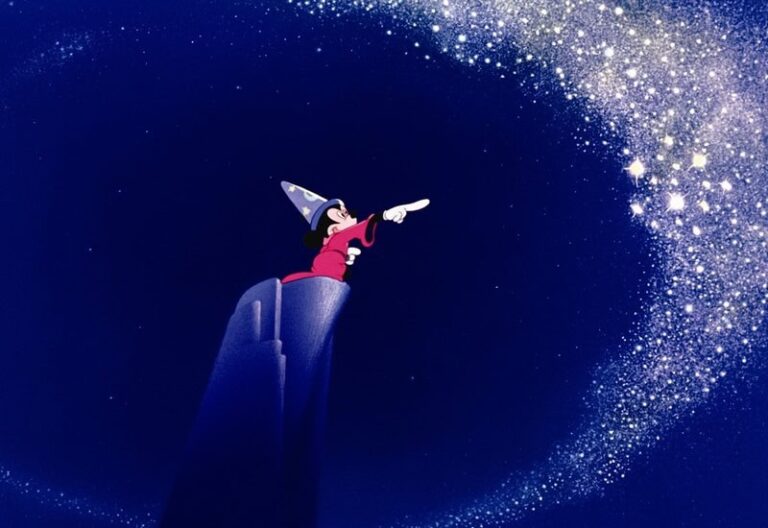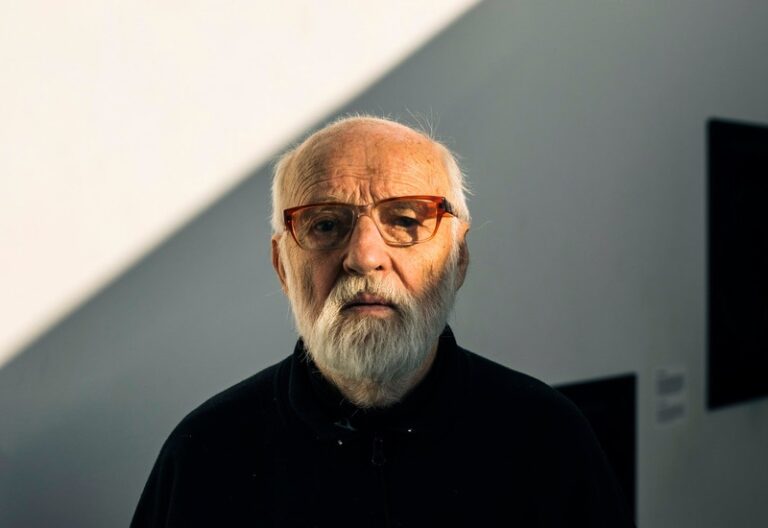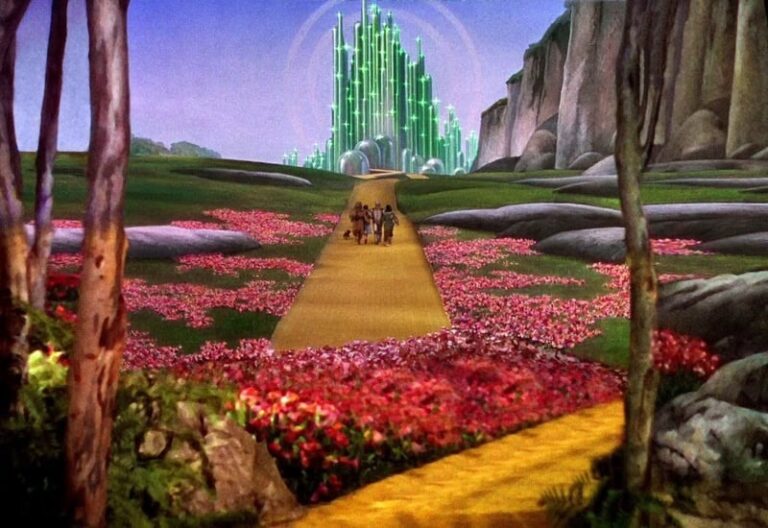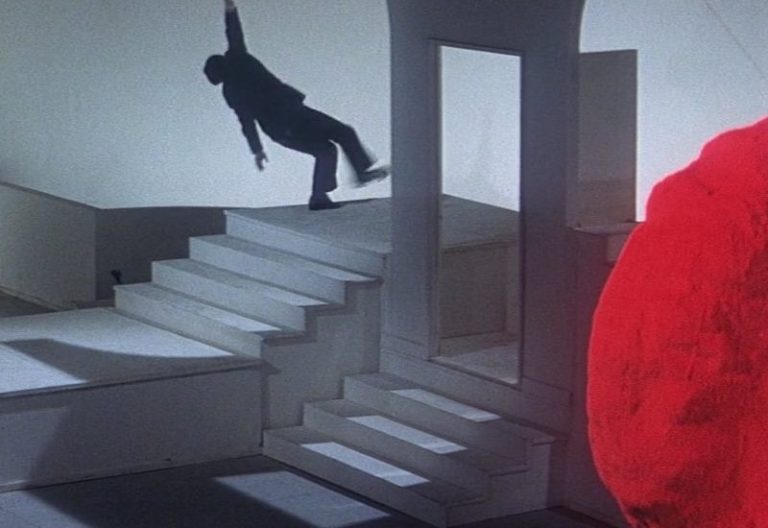a beginner's guide to stop motion animation
Stop motion animation technique involves physically manipulating objects in small increments between individually photographed frames, creating the illusion of movement when the series of frames is played back in sequence. The result is a distinct and often whimsical style of animation that feels tactile and handmade, bringing a unique charm to the films created with this method.
Published by: CinemaWaves Team | Filed Under: Film Blog
History of Stop
Motion Animation
Stop motion animation dates back to the early days of cinema. One of the first known instances of stop motion was in the 1898 short film “The Humpty Dumpty Circus” by J. Stuart Blackton and Albert E. Smith, where toy circus animals and acrobats were brought to life. This early experiment laid the groundwork for the development of stop motion as a serious artistic technique.
One of the most influential pioneers of stop motion was the Polish-Russian filmmaker Ladislas Starevich, who began experimenting with the technique in the early 1910s. His 1912 film “The Cameraman’s Revenge” is one of the earliest and most famous examples of stop motion animation, using dead insects as the characters. Starewicz’s work demonstrated the potential of stop motion to tell complex and imaginative stories.
In the mid-20th century, stop motion animation became a popular technique in both film and television. Filmmaker Willis O’Brien brought stop motion into the mainstream with his work “King Kong” (1933), where the giant ape and dinosaurs were animated using this technique. O’Brien’s protege, Ray Harryhausen, further advanced the art form with his work on films like “Jason and the Argonauts” (1963) and “The 7th Voyage of Sinbad” (1958).
The technique continued to evolve with the advent of clay animation, or claymation, popularized by filmmakers like Art Clokey, who created “Gumby” in the 1950s. In the 1980s and 1990s, British animator Nick Park and his studio Aardman Animations elevated claymation to international acclaim with the “Wallace and Gromit” series, which won multiple Academy Awards.

Characteristics of Stop Motion Animation Film
Stop motion animation is characterized by its attention to detail and the labor-intensive nature of its production. Unlike traditional hand-drawn or computer-generated animation, stop motion involves the physical manipulation of models, puppets, or objects. Each movement is carefully planned and executed, usually taking hours to produce just a few seconds of footage.
One of the most distinctive features of stop motion is its ability to create a sense of texture and realism that is difficult to achieve with other forms of animation. Because the objects and characters are real, the lighting, shadows, and depth of field in stop motion animation often have a tangible quality that adds to the overall visual experience.

Best Stop Animation Films
“The Nightmare Before Christmas” (1993): Directed by Henry Selick and produced by Tim Burton, this film is one of the most famous stop motion features. Its gothic aesthetic, combined with a compelling story and memorable characters, has made it a cult classic.
“Chicken Run” (2000): Aardman Animations’ first full-length feature film, directed by Peter Lord and Nick Park. It became the highest-grossing stop-motion animated film of all time upon its release, and solidified Aardman’s reputation as a powerhouse in the world of stop-motion animation. The film’s witty homage to classic prison escape movies, combined with its unique visual style, has made it a beloved classic in the genre.
“Coraline” (2009): Another film directed by Henry Selick, is a visually stunning adaptation of Neil Gaiman’s novella. The film’s use of stop motion creates a surreal and eerie atmosphere that perfectly complements its dark fairy tale narrative.
“Wallace & Gromit: The Curse of the Were-Rabbit” (2005): Directed by Nick Park and Steve Box, it won the Academy Award for Best Animated Feature. The film is a charming and humorous adventure that showed the expressive potential of claymation.
“Kubo and the Two Strings” (2016): Produced by Laika, a studio renowned for its stop motion work, it is a visually breathtaking film that blends stop motion with CGI to create an epic fantasy tale. The film was widely praised for its technical achievements and storytelling.
Refer to the main page for more educational insights on filmmaking and cinema history.
Animation is an ever-evolving art form that has enchanted audiences for more than a century. From the earliest experiments in motion pictures to the cutting-edge CGI of…
Jan Svankmajer is a Czech filmmaker known for his surreal animations which use a wide variety of techniques ranging from claymation to puppetry to paper cutouts. He…
Technicolor’s origins trace back to the 1915 when Herbert Kalmus, Daniel Frost Comstock, and W. Burton Wescott founded the Technicolor Motion Picture. The company…
The Japanese New Wave or Nuberu Bagu, as it’s known in Japan, represents a pivotal period in Japanese cinema, marked by a wave of artistic experimentation and…
Arthouse film refers to a category of cinema known for its artistic and experimental nature, usually produced outside the major film studio system. These films prioritize artistic…
Short films are a versatile and impactful form of cinema, typically ranging in length from a few minutes to around 40 minutes. They serve as a powerful medium for…






